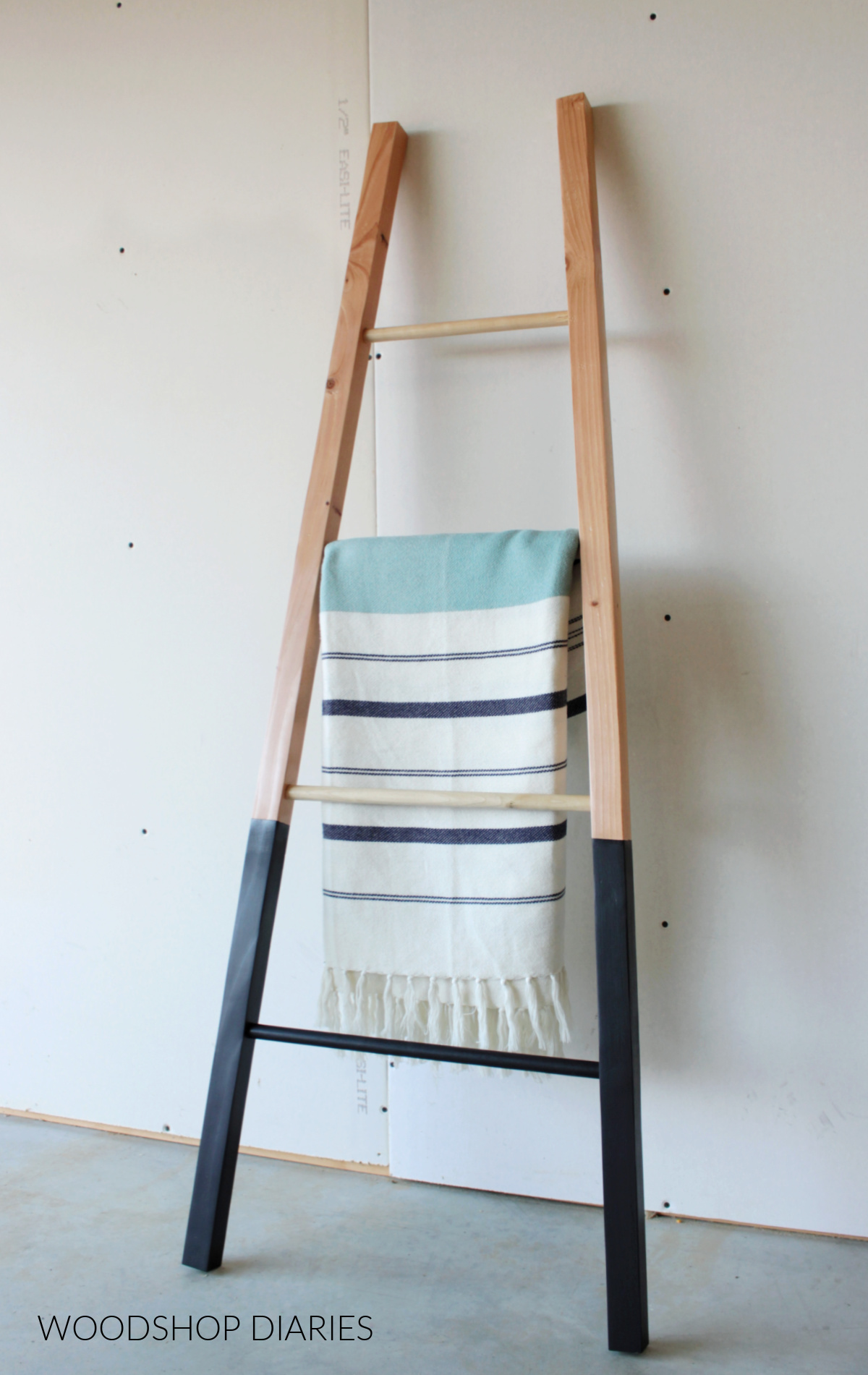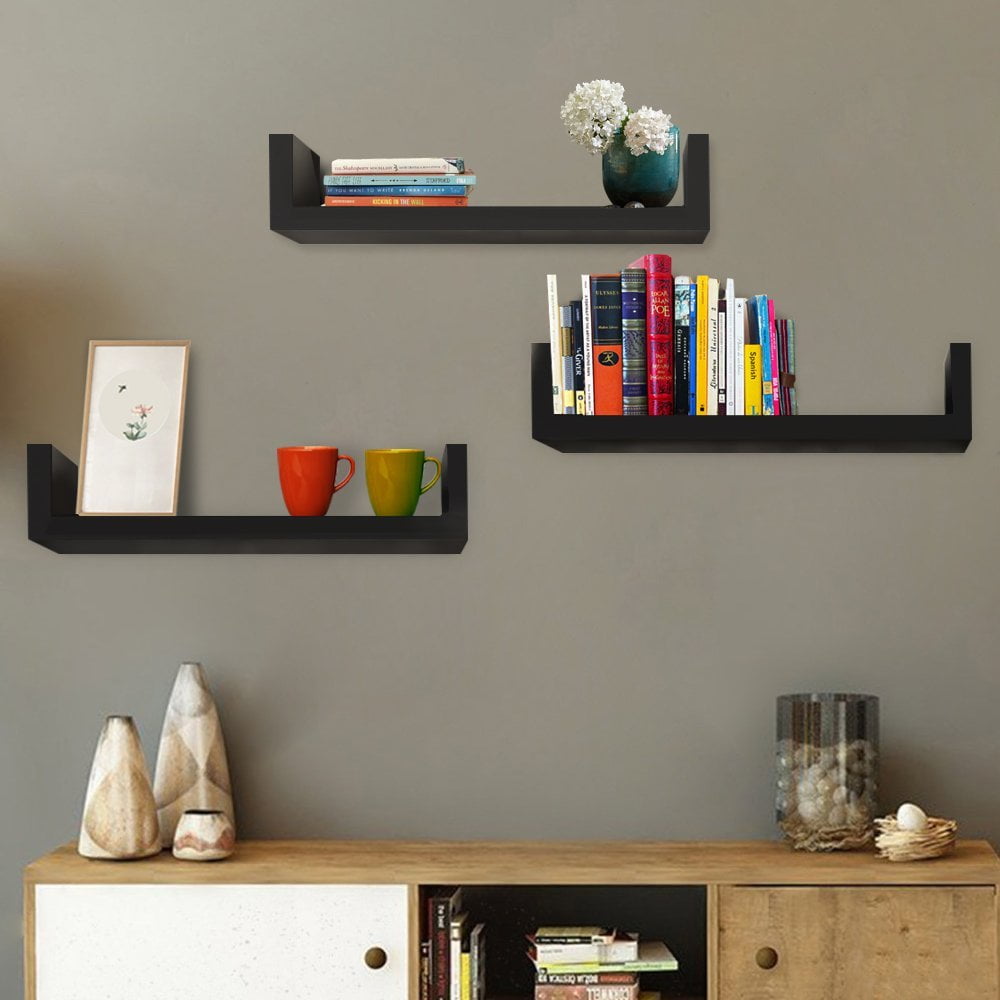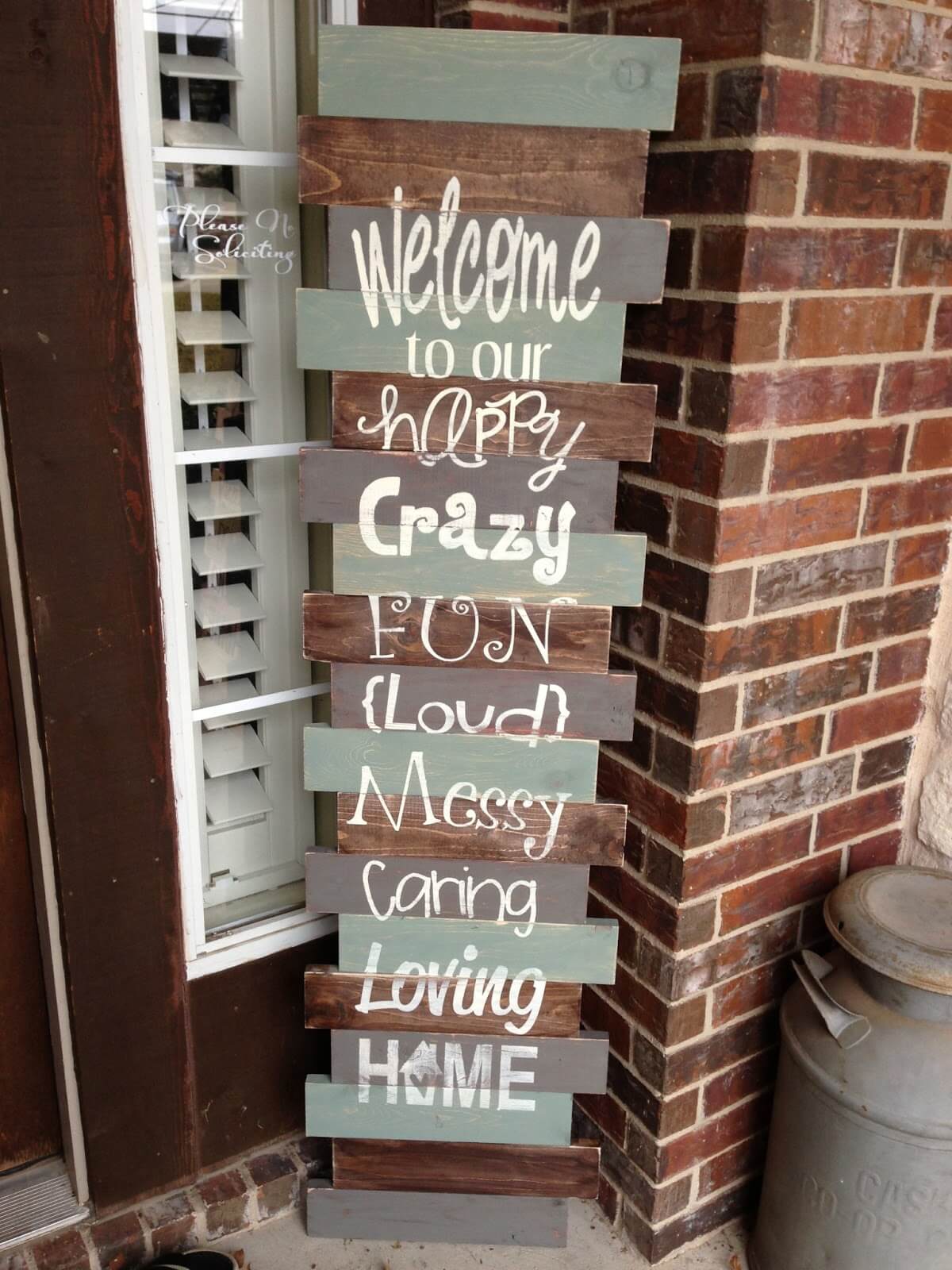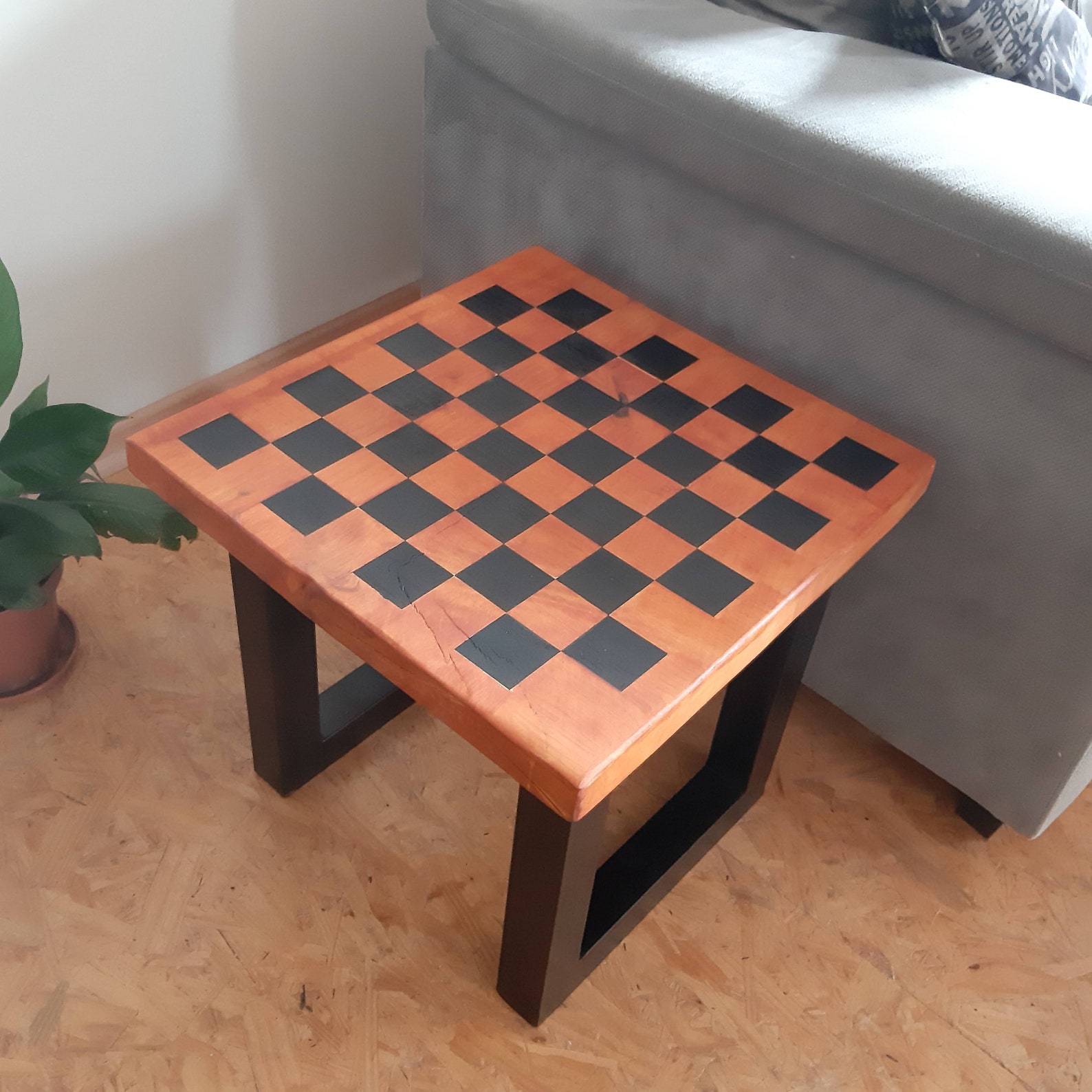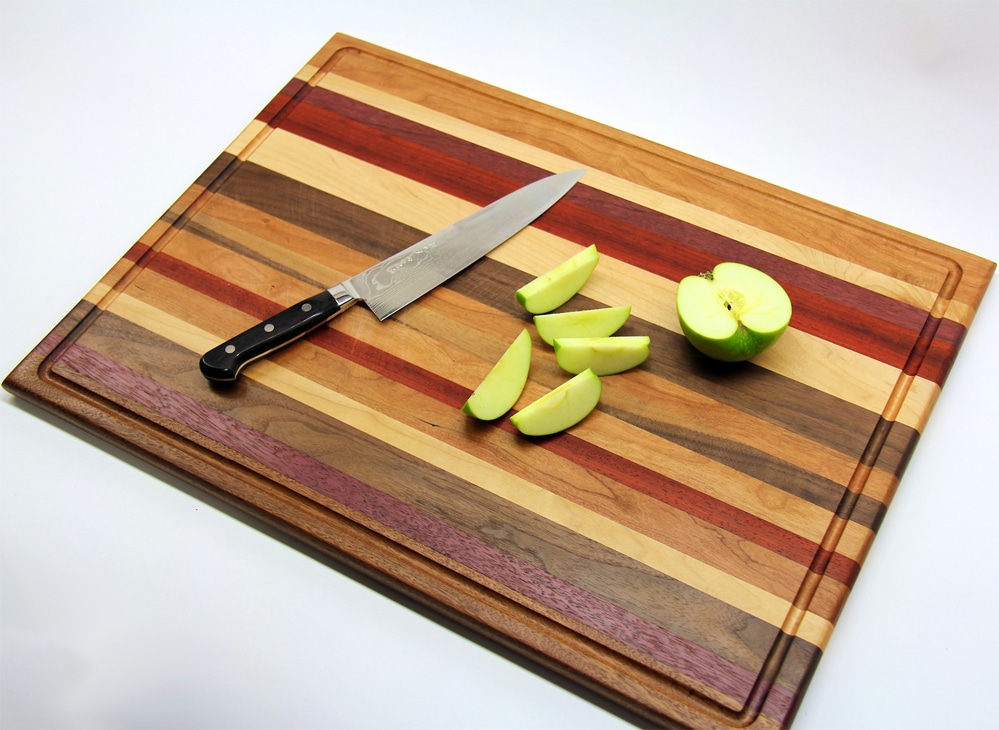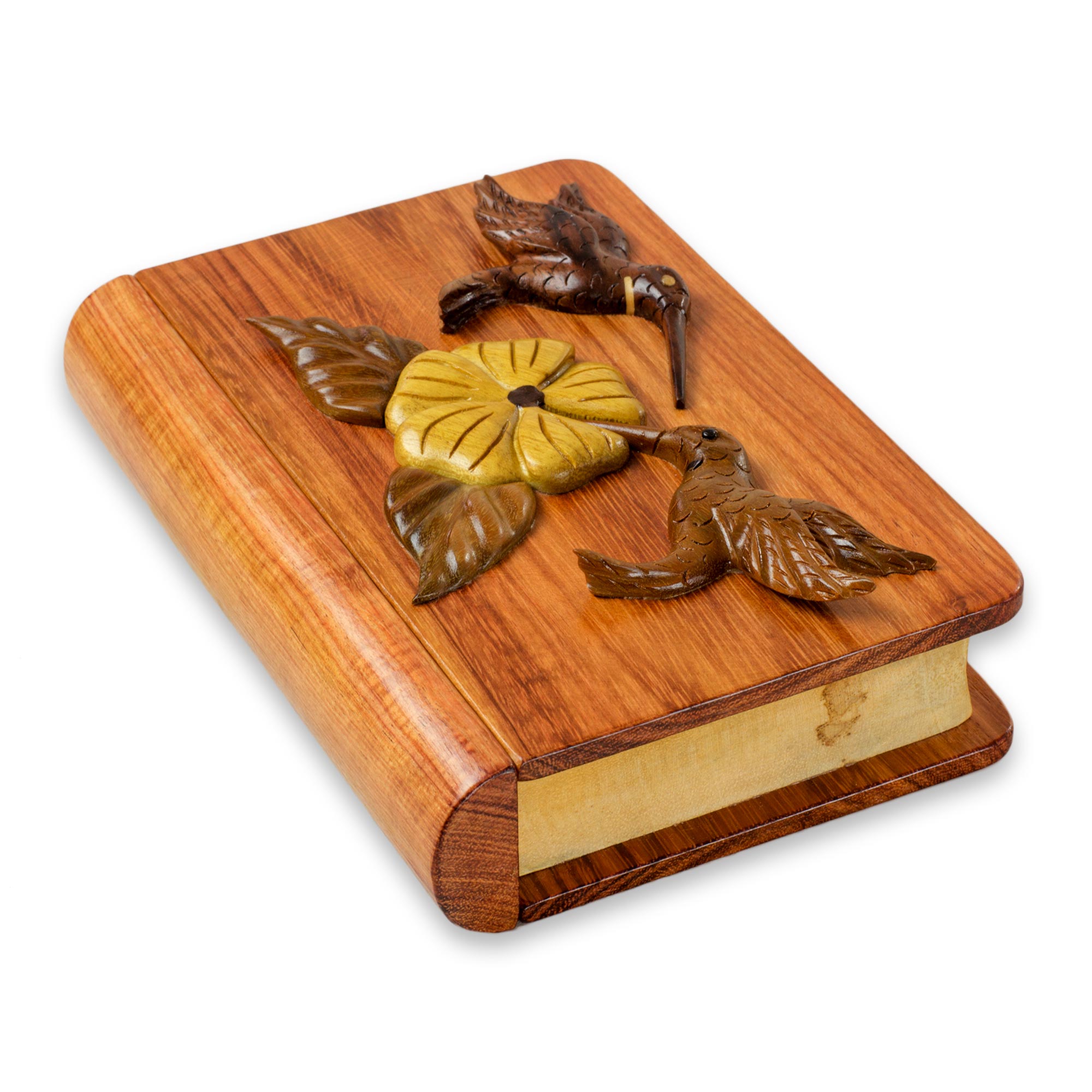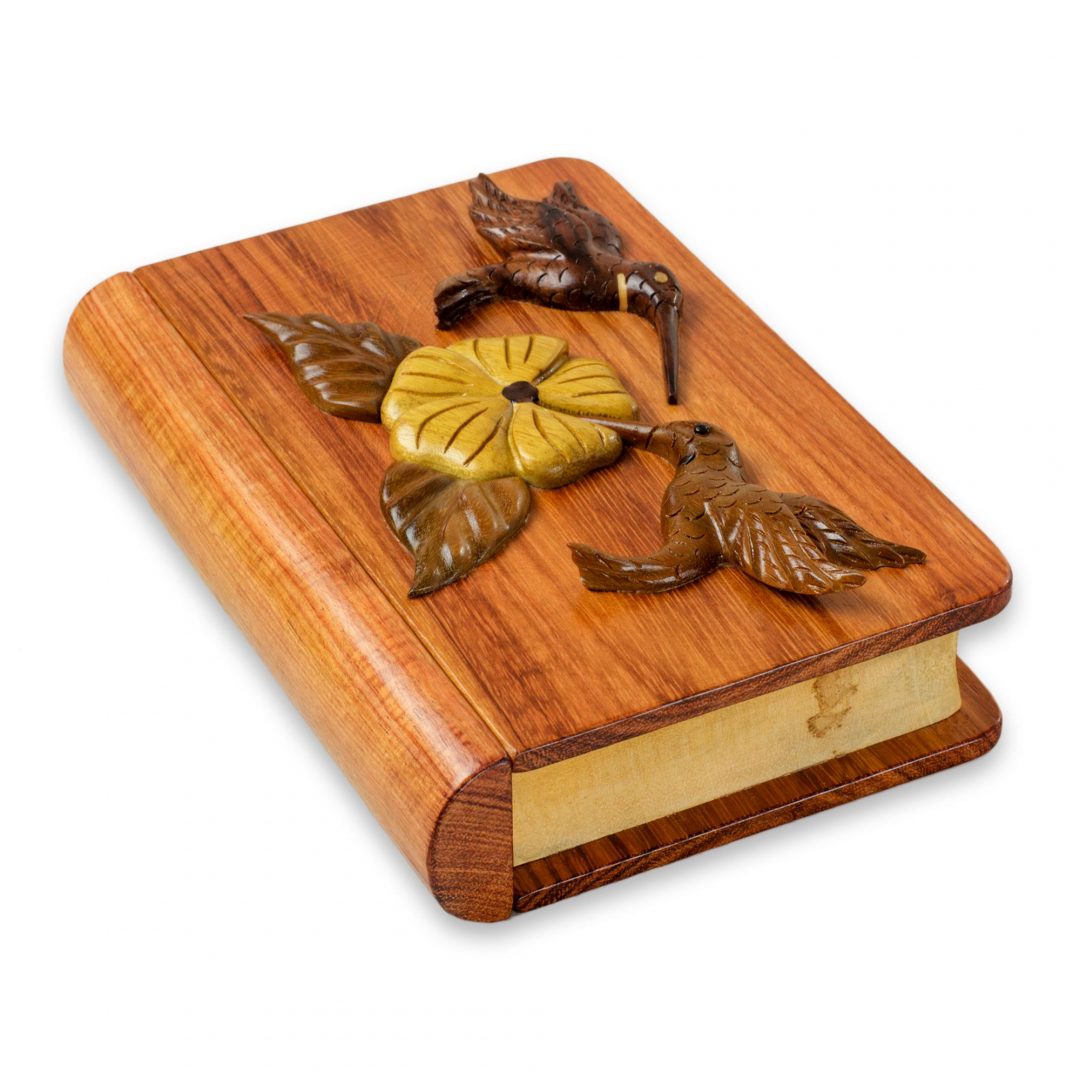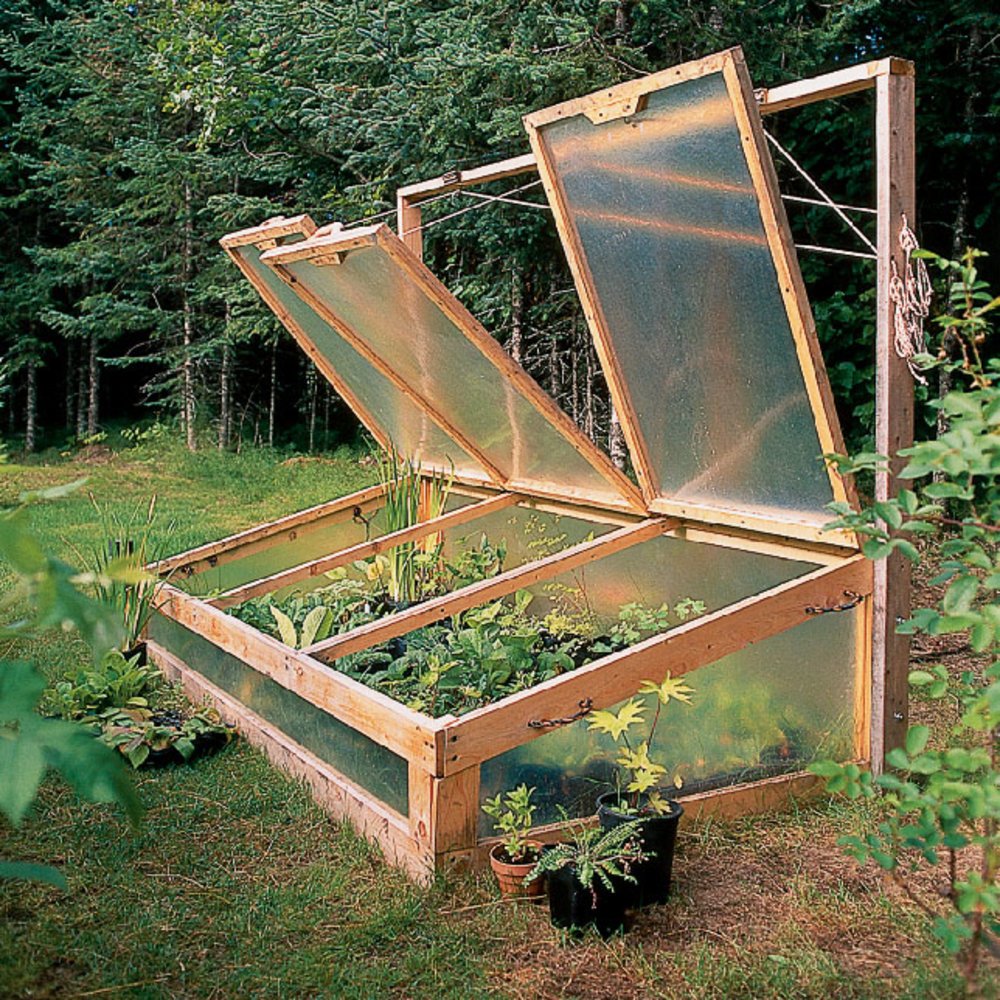Wooden Wall Clocks with Minimalist Designs That Shoppers Love
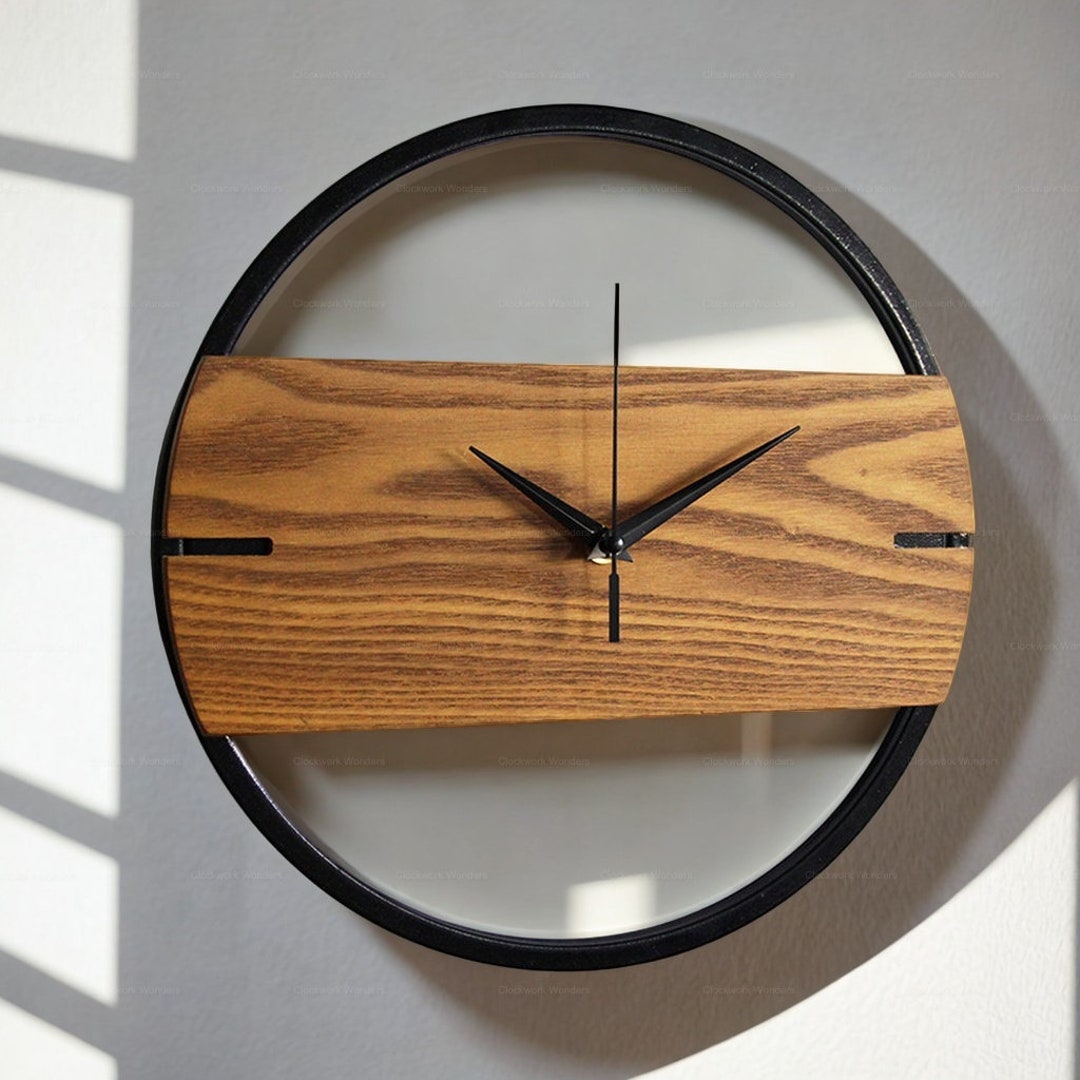
Wooden Wall Clocks with Minimalist Designs That Shoppers Love
In the realm of interior design, the humble wall clock has transcended its utilitarian purpose, becoming a statement piece that reflects personal style and aesthetic sensibilities. Among the myriad of clock designs available, minimalist wooden wall clocks have emerged as a popular choice for discerning shoppers. Their clean lines, natural warmth, and understated elegance seamlessly blend into diverse decor styles, adding a touch of sophistication and timeless appeal to any space.
The Allure of Minimalism in Interior Design
Minimalist design principles prioritize simplicity, functionality, and a sense of order. By eliminating unnecessary embellishments and focusing on essential elements, minimalist aesthetics create a serene and calming ambiance. This philosophy resonates deeply with modern lifestyles, where clutter and distractions are often overwhelming.
Wooden wall clocks, with their inherent natural beauty and tactile appeal, perfectly embody the minimalist ethos. The warm hues and intricate grain patterns of wood evoke a sense of tranquility and connection to nature, while the absence of excessive ornamentation allows the clock's form and function to take center stage.
Benefits of Wooden Wall Clocks with Minimalist Designs
The popularity of minimalist wooden wall clocks can be attributed to a confluence of benefits:
Aesthetic Versatility
Minimalist designs effortlessly blend with a wide range of interior styles, from contemporary and modern to Scandinavian and farmhouse. Their neutral palette and simple lines complement bold accent colors, textured surfaces, and statement furniture, creating a harmonious and balanced aesthetic.
Timeless Appeal
Unlike trend-driven designs that quickly fade into obscurity, minimalist wooden wall clocks exude a timeless quality. Their simple forms and natural materials remain relevant across generations, ensuring that they remain a cherished part of your home décor for years to come.
Enhanced Functionality
Minimalist clocks prioritize clarity and readability. The absence of excessive ornamentation ensures that the time display remains the focal point, allowing for easy and accurate timekeeping.
Environmental Sustainability
Wood is a renewable and sustainable resource, making wooden wall clocks a more eco-conscious choice compared to clocks made from synthetic materials. By opting for clocks crafted from responsibly sourced wood, you can contribute to environmental conservation.
Unique Character
Each piece of wood possesses its own unique grain pattern and texture, making every wooden wall clock a one-of-a-kind work of art. This natural variation adds a touch of individuality and character to your home décor.
Types of Minimalist Wooden Wall Clocks
The world of minimalist wooden wall clocks offers a diverse range of styles to suit every taste and design preference:
Geometric Clocks
Geometric clocks feature clean lines, sharp angles, and simple shapes, creating a modern and contemporary aesthetic. They often incorporate materials such as metal or acrylic alongside wood, adding a touch of industrial chic.
Circular Clocks
Circular clocks embody a classic and timeless aesthetic. They can range from sleek and minimalist designs with a single hand to more intricate models with Roman numerals or Arabic numerals. The circular form creates a sense of balance and harmony within any space.
Rustic Clocks
Rustic wooden wall clocks evoke a sense of warmth and nostalgia. They often feature distressed wood finishes, natural knots, and simple, functional designs. These clocks add a touch of rustic charm to farmhouse, cottagecore, or bohemian decor.
Scandinavian Clocks
Scandinavian minimalist clocks are characterized by their clean lines, light wood tones, and functional simplicity. They often incorporate natural elements such as leather or metal accents, reflecting the minimalist Scandinavian design philosophy.
Tips for Choosing the Perfect Minimalist Wooden Wall Clock
Selecting the right minimalist wooden wall clock for your home involves considering several factors:
Size and Scale
The size of the clock should be proportionate to the wall space and overall room dimensions. A small clock may get lost in a large room, while a large clock may overwhelm a smaller space.
Color and Finish
Choose a clock color and finish that complements your existing décor. Lighter wood tones blend well with neutral palettes, while darker wood tones create a more dramatic statement.
Clock Mechanism
Consider the type of clock mechanism, whether it's quartz, silent sweep, or cuckoo. Quartz clocks are generally more accurate and quiet, while cuckoo clocks add a whimsical touch.
Personal Style
Ultimately, the best minimalist wooden wall clock is one that reflects your personal style and preferences. Explore different designs, materials, and finishes to find a clock that resonates with your aesthetic sensibilities.
Conclusion
Wooden wall clocks with minimalist designs have captured the hearts of shoppers seeking a harmonious blend of style, functionality, and sustainability. Their clean lines, natural warmth, and timeless appeal elevate any space, creating a serene and sophisticated ambiance. By carefully considering the factors outlined above, you can choose a minimalist wooden wall clock that complements your home décor and adds a touch of elegance and charm to your living environment.
